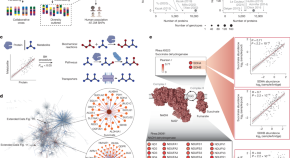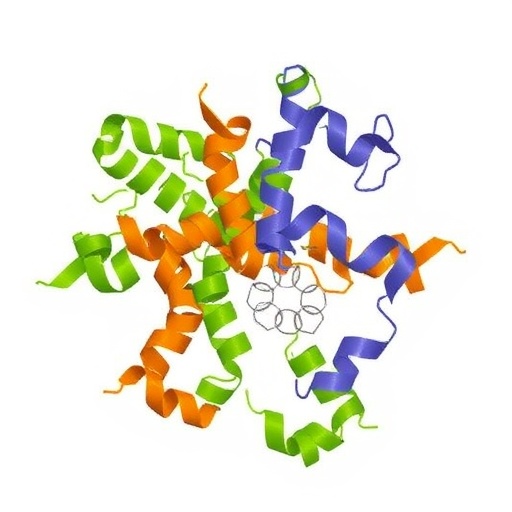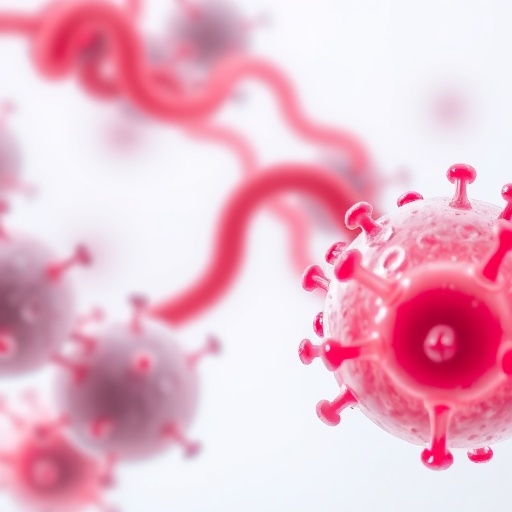


Xiao, H., Ordonez, M., Fink, E.C. et al. Covariation MS uncovers a protein that controls cysteine catabolism.
Nature (2025).
bu içeriği en az 2000 kelime olacak şekilde ve alt başlıklar ve madde içermiyecek şekilde ünlü bir science magazine için İngilizce olarak yeniden yaz. Teknik açıklamalar içersin ve viral olacak şekilde İngilizce yaz. Haber dışında başka bir şey içermesin. Haber içerisinde en az 12 paragraf ve her bir paragrafta da en az 50 kelime olsun. Cevapta sadece haber olsun. Ayrıca haberi yazdıktan sonra içerikten yararlanarak aşağıdaki başlıkların bilgisi var ise haberin altında doldur. Eğer bilgi yoksa ilgili kısmı yazma.:
Subject of Research:
Article Title:
Article References:
Xiao, H., Ordonez, M., Fink, E.C. et al. Covariation MS uncovers a protein that controls cysteine catabolism.
Nature (2025). https://doi.org/10.1038/s41586-025-09535-5
Image Credits: AI Generated
DOI:
Keywords
Tags: biochemical reaction pathwaysbiochemical relationships in MPCAco-operativity in metabolic pathwayscovariation mass spectrometrycysteine catabolism regulationmetabolite abundance variationmetabolite-protein interactionsNAD+ role in metabolismprotein co-variates analysisredox equivalents in metabolismsignificant metabolite relationshipsstatistical analysis of covariation



